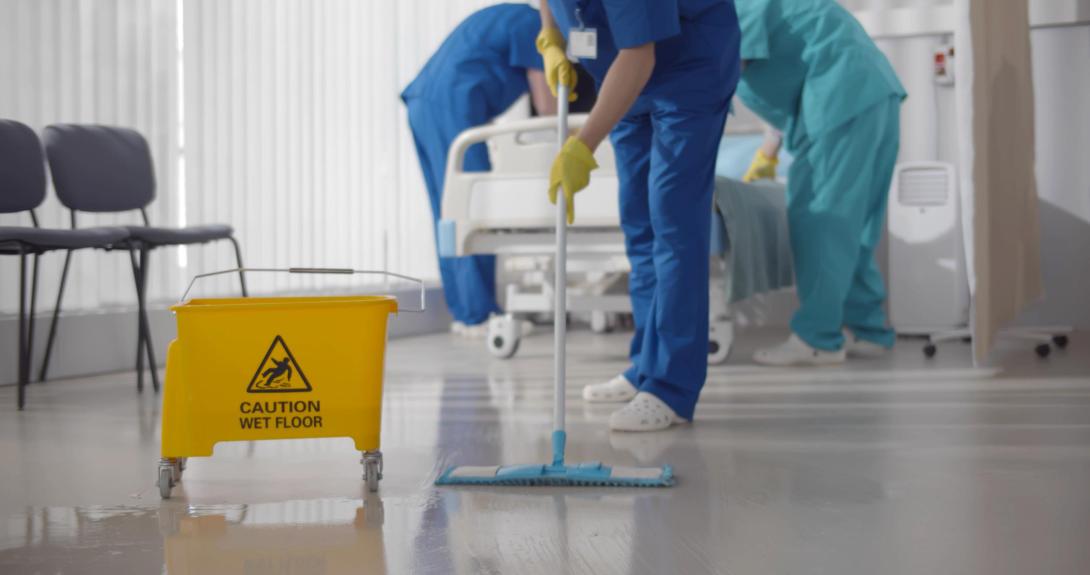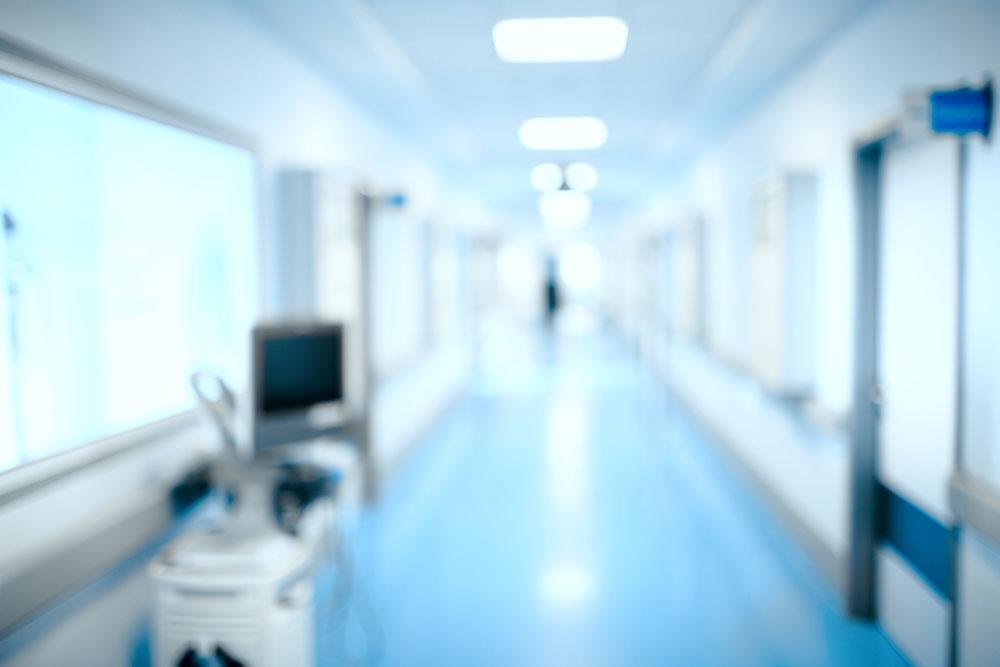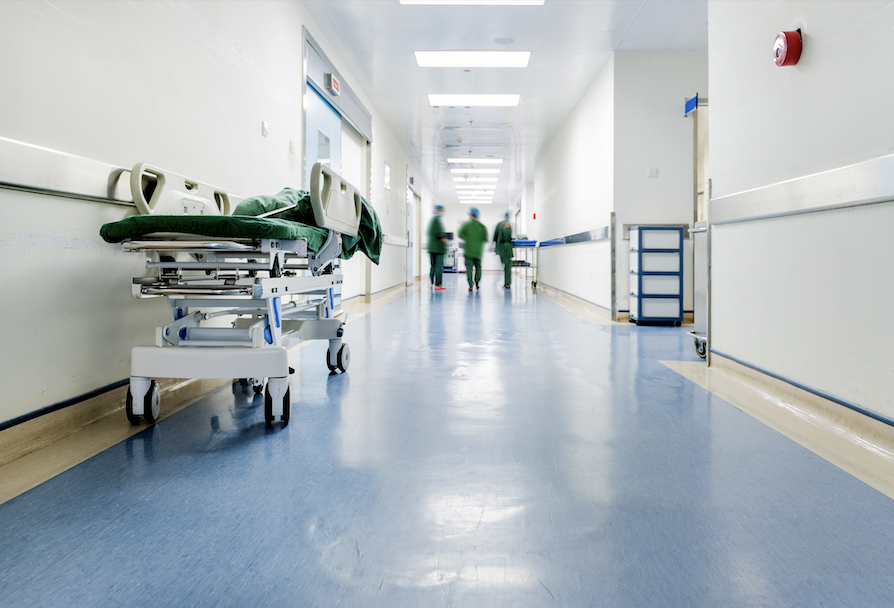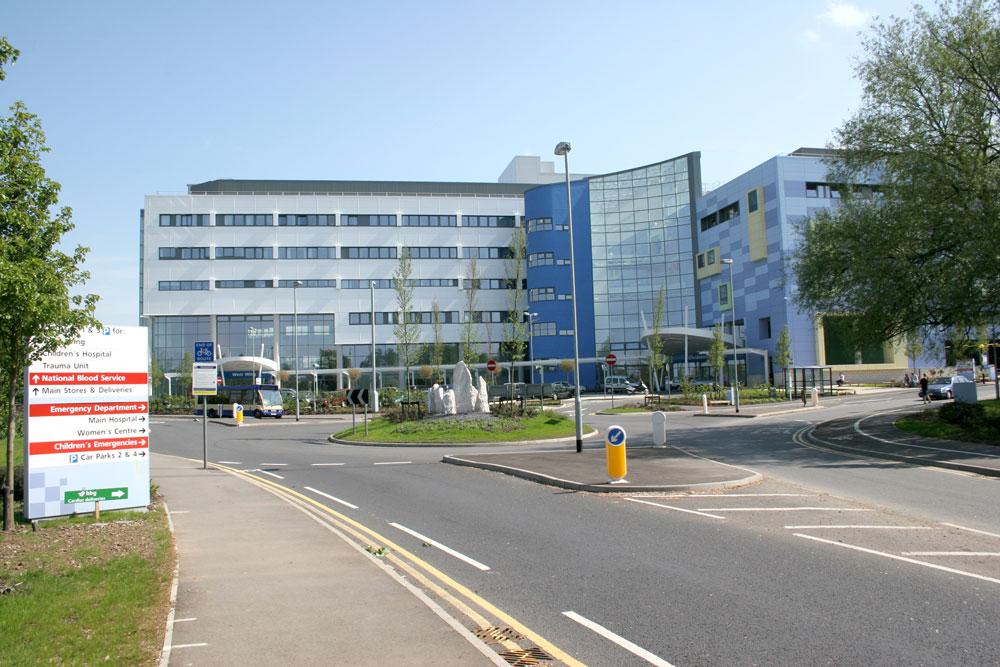The Infection Prevention Society advocates for cleaning and decontamination in healthcare settings
Safe management of the care environment and equipment is a broad term that is used for cleaning and decontamination in healthcare. This core infection prevention and control standard is critical in keeping patients, staff and visitors safe.
Regulation 15 of the Health and Social Care Act (2008, revised 2014, 2022) stipulates that all healthcare premises are clean, secure, suitable and used properly and that a provider maintains standards of hygiene appropriate to the purposes for which they are being used. The code of practice details clearly the requirements that enables healthcare setting to deliver on this, such as having adequate local provision for cleaning services, a strategic cleaning plan and clear cleaning schedules and frequencies so that patients, staff, and the public know what they can expect. Consistent IPC standards and requirements are pivotal in supporting this regulation.
Responsible staff
Healthcare staff that are responsible for, or are actively carrying out the safe management of the care environment are often called domestic services staff, the name of this staff group may be slightly different depending where you work in the UK, but whatever term is used for this highly skilled role, it is recognised that they are an essential part of the multi-disciplinary healthcare team in keeping patients safe. This is one of the most important roles in healthcare, their cleaning and decontamination contributes to saving patients lives, by breaking the chain of infection.
There are also other staff groups, both clinical and non-clinical that will also be responsible for cleaning within their area, and we see them working together with our domestic services staff to meet the cleanliness standards of their particular setting, we see a real collaborative approach.
Standards
We are fortunate in the UK to have clear, prescribed cleaning specifications or standards which supports risk assessments to identify high, medium or low risk healthcare areas, which supports resource allocation and enables flexibility to meet the needs of specific healthcare environments circumstances, and priorities, such as outbreaks situations, or if patients have an infection or infectious disease when cleaning and decontamination can be enhanced to ensure transmission is limited as much as practically possible.
Governance of cleaning and decontamination in healthcare settings is clear, concise and structured and is essential to maintain high standards for our patients, staff and visitors, so healthcare settings are continuously evaluating and auditing cleaning standards. The aim is to ensure all cleaning-related risks are identified, minimised, and managed on a consistent, long-term basis. All healthcare settings have cleanliness policies and procedures and dedicated training for their staff to ensure all those involved in cleaning and decontamination have the skills and knowledge to carry out these critical cleaning tasks effectively to prevent avoidable infections.





